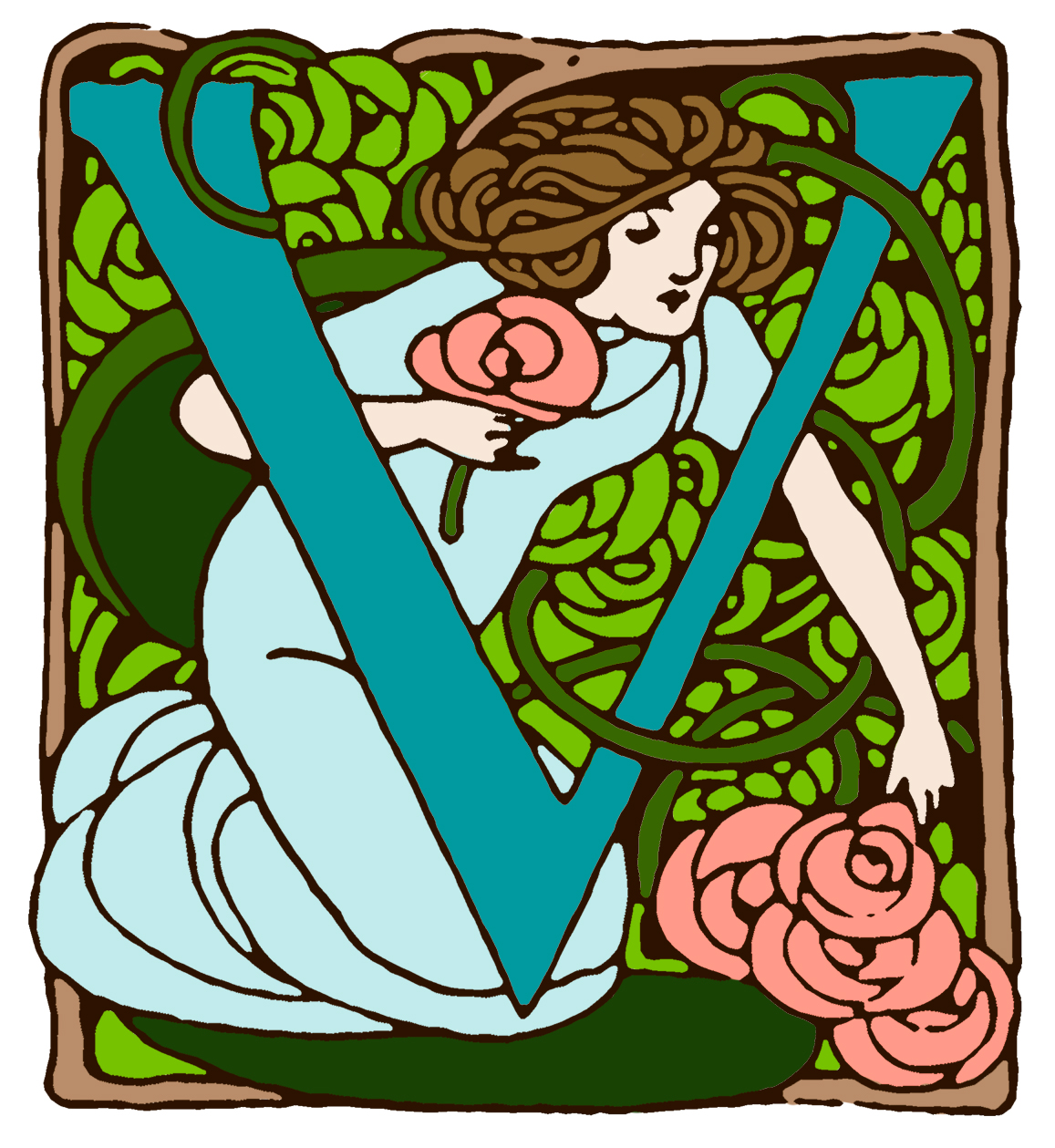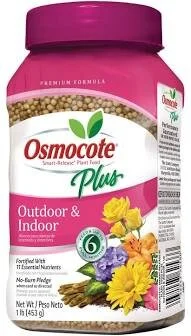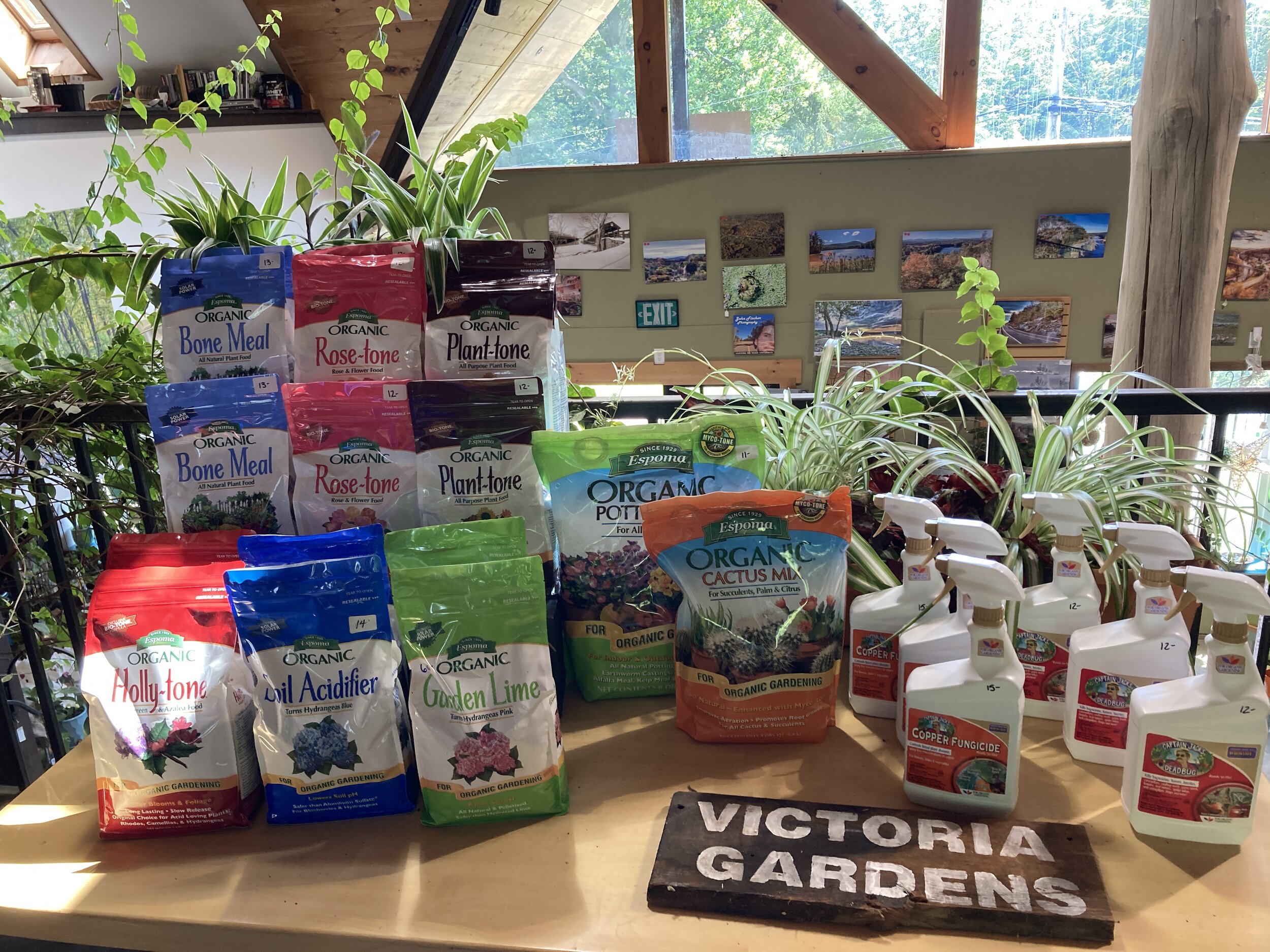Time to Fertilize!
/How to Fertilize Your Plants and Gardens
In our article Prune After Bloom, we recommend deadheading Rhododendrons, Peiris, Azaleas, lilacs, and roses as soon as the flowers are past—even cutting the flowers while they are in full bloom for cut flowers.
Why?
Because many flowering shrubs set their blooms now for next spring. Spring-flowering shrubs and trees set their flower buds during the summer. If you prune back forsythia, lilacs, azaleas, pieris, or rhododendron (as well as spring blooming trees) in the fall, you will remove many of the plant’s spring flowers.
To help those buds set and to encourage as many blooms as possible, fertilize after you finish deadheading.
While your at it, this is a great time to fertilize EVERYTHING!
Let’s start with containers.
Fertilizing Container Gardens
Potting soil has a set amount of nutrients at the beginning of the season. As the plants get bigger, the nutrients dwindle. Something else to consider is that rain filters the nutrients out of the soil and we have had A LOT of rain (in case you haven’t noticed). Many annual containers will continue to bloom until the first frost at the end of October, so fertilize to ensure your containers thrive for the rest of the season!
For containers, you can use a time release fertilizer like Osmocote or a water-based fertilizer like Schultz Liquid Plant Food 10-15-10.
Osmocote can also be used indoors on your houseplants. These are small pellets that you can shake out onto the surface of the soil and as you water the plant, the pellets dissolve and nutrients release over time. Another flexible fertilizer is Schultz 10-15-10, which you mix with water.
Fertilizing Spring-blooming Shrubs
The shrubs mentioned at the top of the article: Rhododendrons, Peiris (Andromedea), Mountain Laurel, Azaleas, and certain varieties of Hydrangeas are what we call acid-loving plants. They thrive in soil with higher pH. And they are setting their flower buds mid-summer for next year.
To fertilize these spring and summer blooming beauties, use Espoma Holly-tone.
But flowering shrubs are not the only plants that can benefit from Holly-tone.
Other acid loving plants include:
Bayberry
Blueberry
Camellia
Dogwood
Evergreens
Hemlock
Holly
Juniper
Magnolia
Oak
Pachysandra
Pine
Raspberry
Spruce
Strawberry
Other plants thrive in low pH soil and will benefit from an application of Espoma Garden Lime.
Plants to fertilize with Garden Lime:
lavender plants
asparagus
onions
garlic
parsnips
apple trees
Garden lime is also used to turn mop-head hydrangeas pink. Whereas Soil Acidifier is used to turn those varieties blue. (For more info about the different varieties of hydrangea read our Q&A here.)
A note on Lilacs and Peonies
Lilacs and peonies like neutral soil pH, so either use a neutral fertilizer, like Plant-tone or test your soil’s pH and use Garden Lime or Soil Acidifier to balance the acidity of your soil.
Fertilize Roses with Rose-tone and Bone Meal
Rose-tone is a balanced 4-3-2 fertilizer, while Bone Meal 4-12-0 is rich in phosphorus, which is highly beneficial for flowering plants. (Bone Meal can be used in the fall anywhere you have bulbs like Daffodils planted as well.)
What do the 3 Numbers on Plant Food Mean?
The three numbers represent ratio of nitrogen, phosphorus, and potassium—in that order. For example, Rose-tone is a balanced 4-3-2 fertilizer includes 4 percent nitrogen, 3 percent phosphorus, 2 percent potassium. while Bone Meal’s ratio (4-12-0) is rich in phosphorus, which is highly beneficial for flowering plants and promote root growth.
Fertilizers with a higher nitrogen (the first number) encourage leafy green growth.
While, plant food with Potassium (the third number) can counter environmental stresses like heat, drought, bark damage, or garden pests.
Emergency Plant Booster or Transplant Rescue
For recently planted trees and shrubs or for plants that have been recently transplanted, help boost root growth with Superthrive. This is a Victoria Gardens’ favorite and we use it in our own plantings all the time. Giving a plant exactly what it needs when it needs it can work like a miracle, but sometimes it’s hard to know exactly what a plant needs. Get to know your garden, watch and take notes in a garden journal so you can look back on what you have done year after year, if that interests you.
All Purpose Plant Fertilizers
But, if your head spins when thinking about nutrient ratios, there are many all-purpose plant foods that you can use with confidence. Trees, shrubs, and perennials will all benefit from a well balanced fertilizer, especially after periods of heavy rain.
As a local landscaper, we have over 30 years experience, and we know what plants thrive in the Hudson Valley.
Visit our rock-top nursery and be inspired!
1 Cottekill Road, Rosendale, NY 12472









